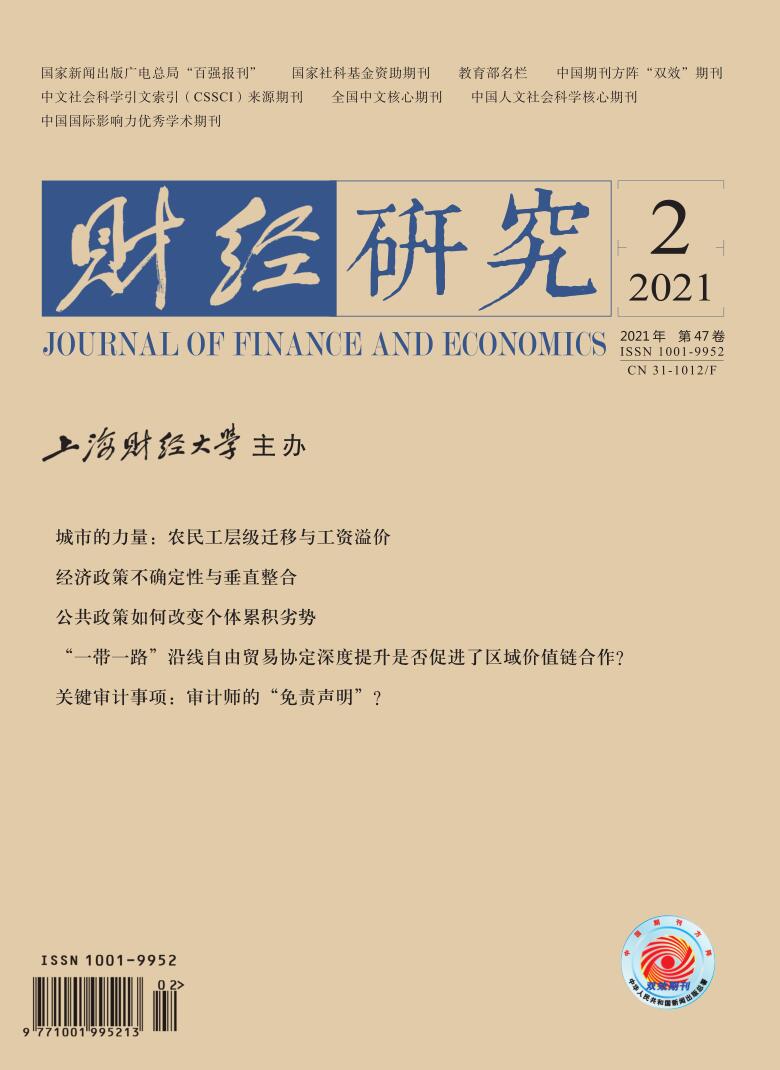Education poverty alleviation is one of the important development strategies during the 13th Five-Year Plan period, and it is a precise poverty alleviation method. So far, China has implemented a number of education poverty alleviation projects, which have significantly improved the education level of individuals, but there is a lack of scientific evaluation on the effect of macro projects on micro individual human capital accumulation. Based on the first phase of National Compulsory Education Project in Poor Areas (hereinafter referred to as the “compulsory education project”) from 1995 to 2000, this paper uses the follow-up survey data of China Labor-force Dynamics Survey (CLDS) in 2012 and 2014 to identify the specific county-level unit where the policy is implemented according to the unpublished county-level code, so as to evaluate the long-term human capital accumulation effect of education poverty alleviation on micro-individuals. In addition, this paper argues that the differences in the length of education beyond the compulsory stage, the quality of education and the beneficiary groups are the internal mechanism of the compulsory education project to promote the continuous improvement of individual education level, which realizes the original intention of public policies to change the accumulated disadvantage of individuals. On this basis, through analyzing the internal mechanism of education and the impact of education on long-term income, this paper further discusses the impact on the future economic status of workers. The study finds that: (1) The compulsory education project makes up for the lack of universal compulsory education years under the Compulsory Education Law, increases the opportunities for students in poor areas to receive education, increases the education years of individuals in poor areas on an absolute and relative level, and significantly reduces the phenomenon of dropping out of school and delaying reading. In this sense, the compulsory education project has realized the original intention of the education poverty alleviation policy. (2) However, the impact of the implementation of the compulsory education project on male and female workers has some differences. After the implementation of the project, there is still a large gap between the investment and expenditure of education at the per capita level, and the popularization quality of this compulsory education is relatively poor. Most workers do not further receive education above junior high school, resulting in relatively poor professional skills in the labor market. (3) The policy does not promote the workers to continue to receive education beyond the compulsory education stage, resulting in relatively low wage income and slow growth rate. With the continuous improvement of the average social education level, the positive effect of the project is gradually declining. Further improving the education level of poor areas has become an important content of targeted poverty alleviation in the new period. This paper puts forward two plans to alleviate the problem that the policy dividend of compulsory education project is weakening day by day, and the role of changing the accumulated disadvantage of individuals is also gradually decreasing: (1) Further bringing senior high school education into the compulsory education stage, and promoting the improvement of individual education years by increasing the legal years of education. (2) Continuing to issue continuing education policies for poor areas, and encouraging individuals to continuously improve their education level and professional skills. At the same time, continuing to implement the dynamic monitoring of education projects to ensure the effective implementation of relevant policies.
 / Journals / Journal of Finance and Economics
/ Journals / Journal of Finance and EconomicsJournal of Finance and Economics
LiuYuanchun, Editor-in-Chief
ZhengChunrong, Vice Executive Editor-in-Chief
YaoLan BaoXiaohua HuangJun, Vice Editor-in-Chief
How can Public Policies Change the Accumulated Disadvantage of Individuals? Based on the Perspective of Education Poverty Alleviation
Journal of Finance and Economics Vol. 47, Issue 02, pp. 79 - 93 (2021) DOI:10.16538/j.cnki.jfe.20201015.301
Summary
References
Summary
Cite this article
Zhao Ying, Shi Zhilei, Lu Yuanping. How can Public Policies Change the Accumulated Disadvantage of Individuals? Based on the Perspective of Education Poverty Alleviation[J]. Journal of Finance and Economics, 2021, 47(2): 79-93.
Export Citations as:
For




 5110
5110  5287
5287

